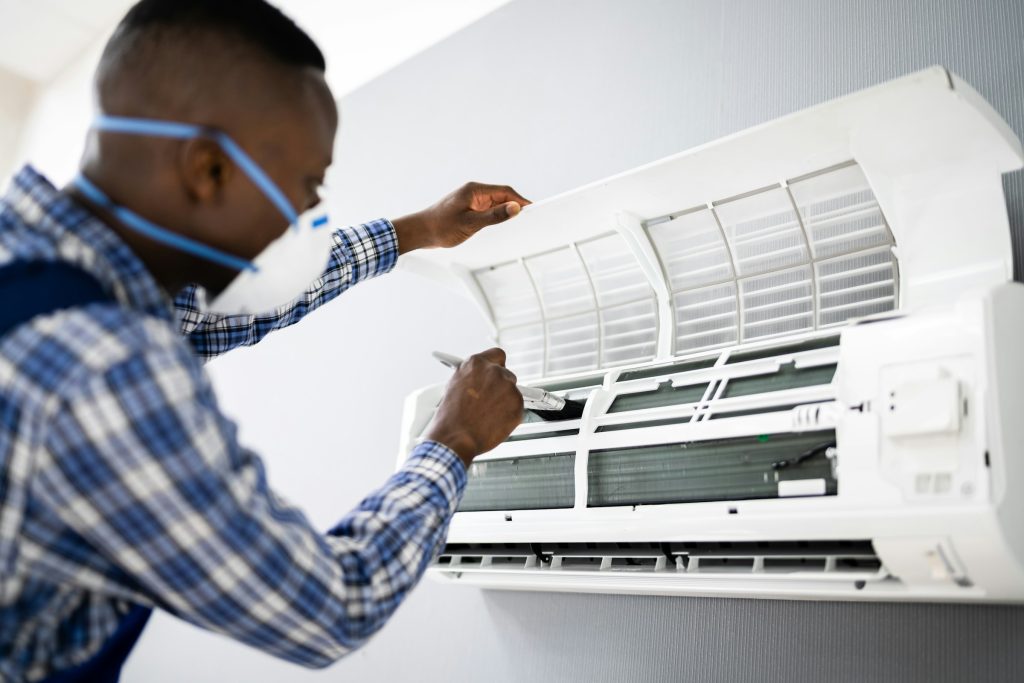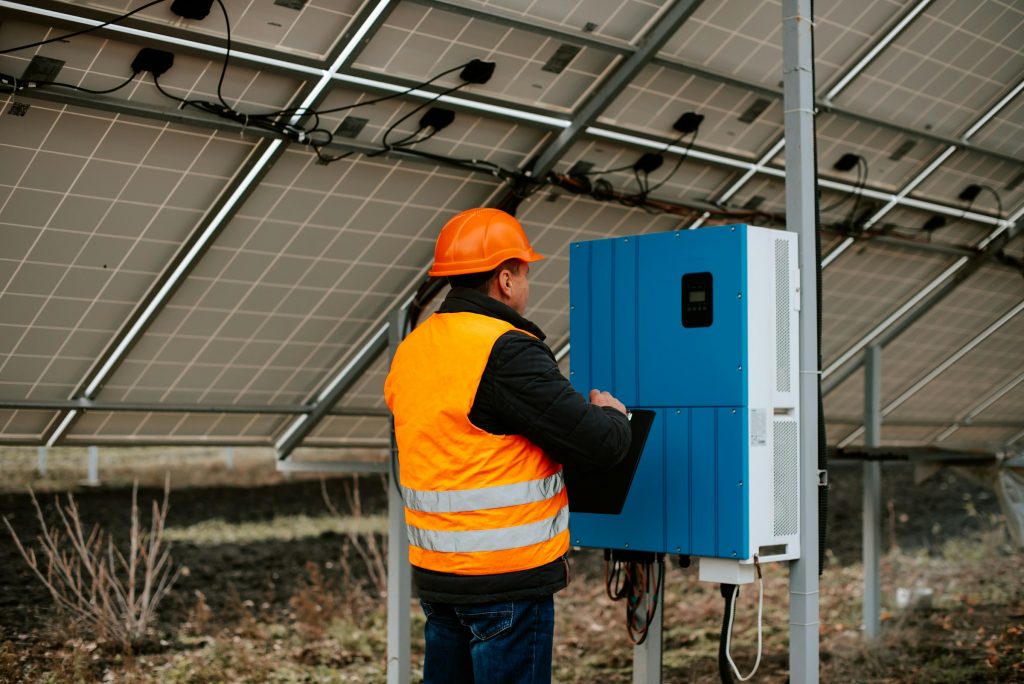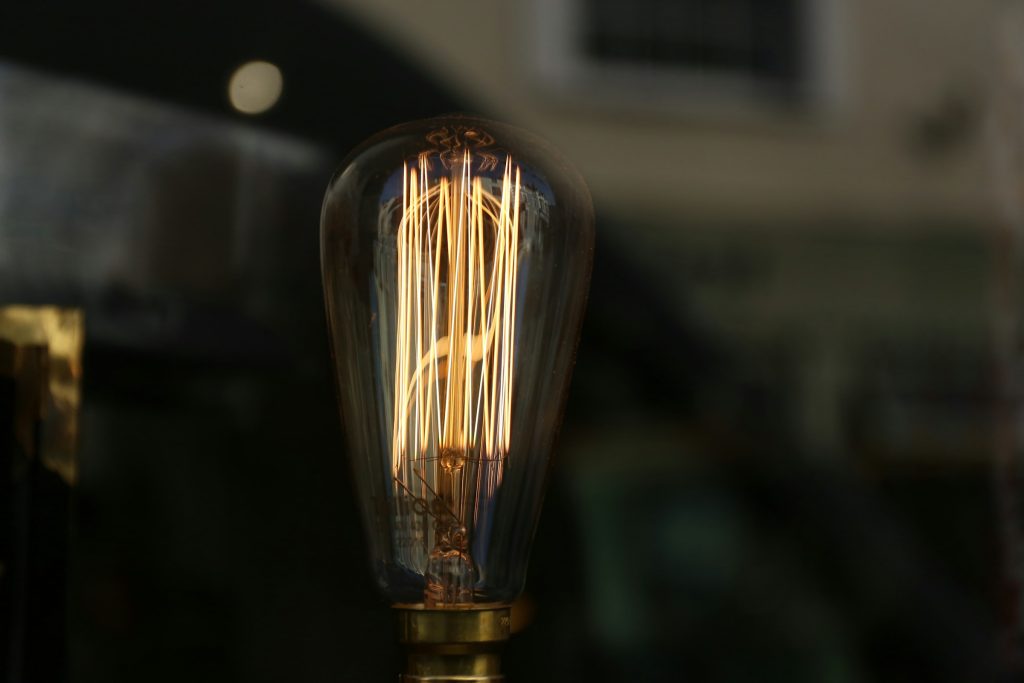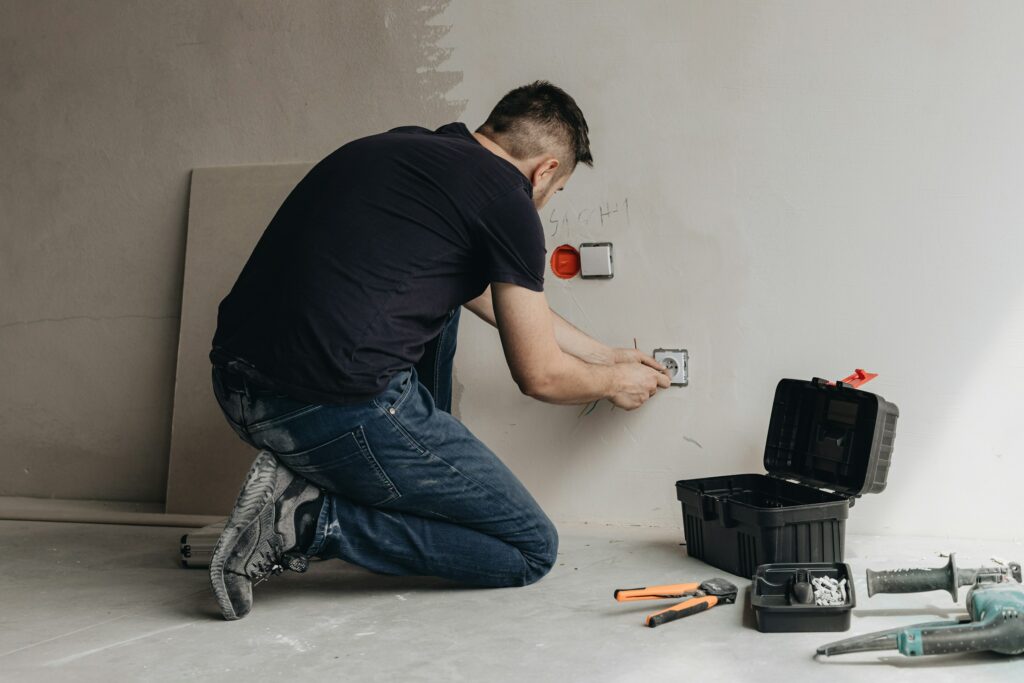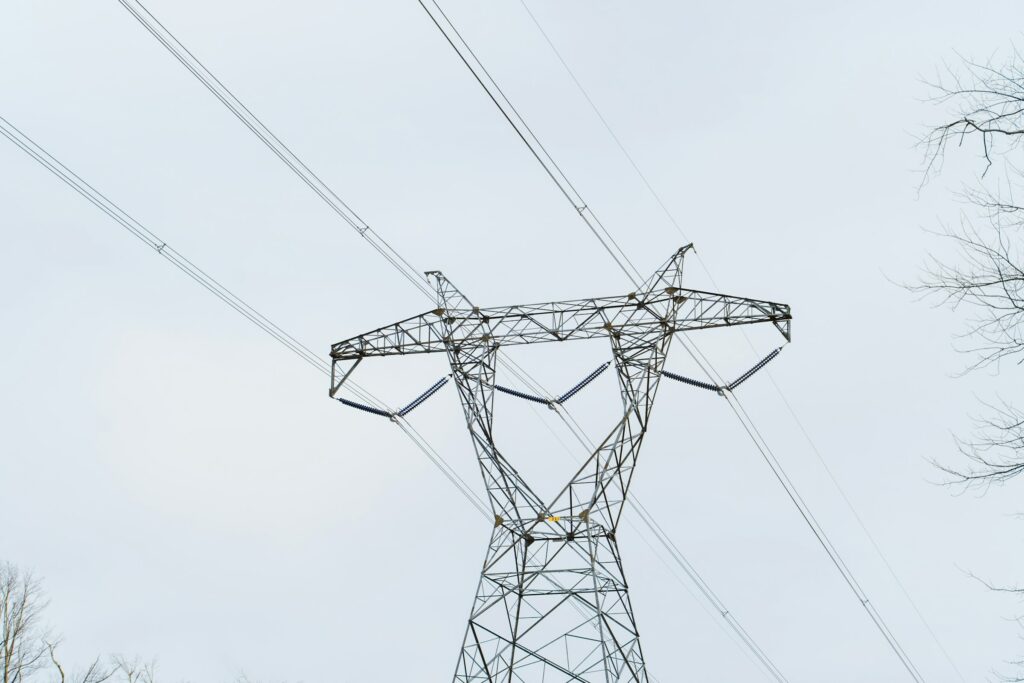In the electrifying world of home maintenance, few topics spark as much immediate concern as the state of one’s electrical system. It’s the lifeblood of our modern existence, powering everything from the smallest smartphone to the largest refrigerator.
Yet, it’s often only thought about when something goes wrong. So, how can you tell if your home is in dire need of an electrical upgrade? Let’s find out?

5 Signs Your Home Needs an Electrical Upgrade:
Flickering Lights:
Flickering lights in your home can range from a minor annoyance to a potential fire hazard, depending on the underlying cause. The good news is that many causes of flickering lights can be easily diagnosed and fixed. Here’s an in-depth look at why your lights might be flickering and what you can do about it:
Loose Light Bulbs
A common and easily fixable cause of flickering lights is a loose bulb. Ensuring that your light bulbs are screwed in tightly can sometimes resolve the issue. It applies to all types of bulbs, including LEDs and fluorescents.
Faulty or Incompatible Dimmer Switches
Old or incompatible dimmer switches can cause LED lights to flicker. Modern LED bulbs require compatible dimmer switches, so using an old one with a new one can cause flickering. If you suspect this to be the cause, replacing the dimmer switch with an LED-compatible one might solve the problem.
Loose Electrical Connections
Loose wiring or faulty electrical connections can also lead to flickering lights. The source could be the bulb, fixture, switch, or even the circuit breaker. Tightening these connections or replacing faulty switches might be necessary to stop the flickering.
Voltage Fluctuations
Voltage fluctuations in your home’s electrical supply can cause lights to flicker, especially when large appliances turn on or off, drawing a lot of power momentarily. Monitoring your home’s voltage with a multimeter can help determine if this is the issue. Installing a voltage stabilizer may be necessary to regulate the voltage and prevent flickering.
Aging or Damaged Wiring
Old, damaged, or improperly installed wiring can lead to flickering lights and pose a significant fire risk. It is a more serious issue that requires attention from a licensed electrician. Wiring issues can lead to arcing, where the electrical current jumps over gaps in the wire, creating a fire hazard due to the high temperatures generated.
Problems with the Electrical Service
Flickering can also be caused by issues outside your home, such as problems with the utility provider’s electrical service. It might include short circuits or issues with the main service cable. In such cases, contacting your utility provider or an electrician is the best action.
The Case of the Overworked Outlets
The inconvenience of juggling devices and chargers is the tip of the iceberg. Beneath the surface, the issue of overworked outlets underscores a critical need for electrical system upgrades in many homes. It’s not merely about adding more outlets for convenience; it’s about rethinking and renovating our electrical systems to match our modern demands safely and efficiently.
- Safety Concerns: Overloaded outlets can lead to overheating, which poses significant fire risks. According to the Electrical Safety Foundation International, electrical fires account for many home fires each year, many of which can be attributed to overloaded circuits and outdated wiring.
- Energy Efficiency: Modern electrical systems, equipped with updated wiring and more outlets, can handle higher demands more efficiently. It reduces the risk of overheating and contributes to more efficient energy use throughout the home.
- Technological Compatibility: As our devices evolve, so do their power needs. Upgrading electrical systems ensures compatibility with the latest gadgets, allowing for features like USB outlets and smart home integrations, which require more sophisticated electrical infrastructures.
The Mystery of the Tripping Breakers:
The phenomenon of tripping breakers, humorously likened to a kitchen’s aversion to mornings, highlights a critical issue in many homes. When your breaker trips during routine activities, like toasting a bagel while brewing coffee, it signals an electrical system struggling under modern demands. It isn’t merely an inconvenience; it’s a glaring red flag for safety. Such occurrences point to an outdated system that’s not equipped to support contemporary appliance usage, raising the risk of potential hazards. Upgrading your electrical infrastructure is essential to prevent these risks, ensuring your home meets today’s standards for safety and efficiency.
The Ancient Artifacts: Outdated and Ungrounded Outlets
Exploring your home, you may discover outlets reminiscent of ancient artifacts. These two-pronged relics, starkly contrasting to our current three-pronged necessities, are glaringly deficient in one critical area: grounding. This absence poses a risk of electric shock, a hazard modern standards strive to eliminate.
Upgrading these outdated fixtures isn’t merely a tribute to the advancements of our era; it’s a fundamental step towards ensuring the safety of your living space. Transitioning to grounded outlets is less about keeping up with technological trends and more about embracing a commitment to protect and enhance the well-being of your home.
A Symphony of Strange Noises
Electrical systems are designed to operate silently. When your home begins to echo with the sounds of buzzing, crackling, or humming from outlets or panels, it’s a signal to listen closely. This unwanted symphony isn’t just an auditory annoyance; it’s a stark warning of potential danger. Such noises often hint at loose connections, faulty wiring, or other malfunctions within your electrical system. Ignoring these sounds can escalate into serious safety risks, including electrical fires. Addressing these auditory alerts promptly is crucial, ensuring the safety and harmony of your home’s electrical concert.

Upgrade: An Enlightened Conclusion
In the grand scheme of home maintenance, an electrical upgrade is not just a flick of the switch; it’s a crucial step towards ensuring your living space’s safety, efficiency, and modernity. Ignoring the warning signs is not just risky; it’s a potential invitation for disaster.
By recognizing these signs and taking proactive steps towards an upgrade, you protect your home and embrace the peace of mind that comes with a safe, fully functional electrical system. Remember, in the electrifying home upkeep narrative, prevention’s power is the true hero.
Frequently Asked Questions:
How often should I have my home’s electrical system checked?
Ideally, every 3-5 years or immediately if you notice any of the abovementioned signs.
Can I perform an electrical upgrade myself?
Unless you’re a licensed electrician, leaving electrical work to the professionals is best. The risks far outweigh the rewards.
How long does an electrical upgrade take?
It varies depending on the scope of work but generally can be completed within a few days to a week.

